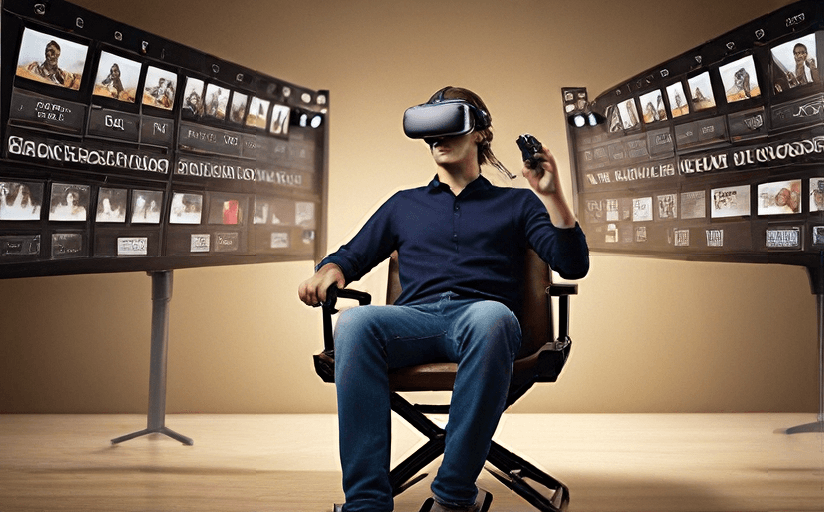The Transformative Effects of Virtual Reality on the Film Industry
Virtual reality (VR), a technology once considered solely the domain of video games, has emerged as a powerful tool in the film industry, altering both the production process and the cinematic experience. The immersive nature of VR technology revolutionizes conventional narrative structures, enhances audience engagement, and reshapes expectations for the cinematic experience. However, this revolutionary technology also presents unique challenges, such as the need for new production techniques, increased production cost, and a requirement for expensive viewing hardware on the consumer's end.
Positive Impacts of VR on the Film Industry
VR offers filmmakers a wholly new toolbox for storytelling, transforming traditional, passive viewing experiences into immersive engagements. Characters, plotlines, and landscapes can all be developed in a three-dimensional environment, resulting in a deeper emotional connection between the viewer and the content. For example, Alejandro G. Iñárritu’s “Carne y Arena,” a virtual reality installation addressing the subject of immigrants and refugees, adopted a VR immersive experience to provide audiences a firsthand experience of the refugee crisis.
Negative Impacts of VR on the Film Industry
Despite the considerable promise, VR also presents unique industry-specific challenges. The film production process for VR is complicated and cost-prohibitive, requiring state-of-the-art equipment and specialized skill-sets to create convincing virtual worlds. It further complicates traditional cinematographic techniques, as crews must now consider 360-degree filming. Also, from the consumer's perspective, the availability and cost of VR headsets can limit accessibility to VR content.
Future Trends
The future of VR in the film industry looks promising. With the proliferation of powerful, affordable VR headsets and the integration of 5G networks, VR films are expected to become more widely available, and their production more affordable. Furthermore, as story-telling techniques adapt to the unique possibilities of VR, we can expect innovations in narrative structure and engagement that we cannot yet even imagine. Imagine sitting in a movie theater, donning a VR headset and stepping directly into the film's world, interacting with characters and becoming an active part of the narrative.
Conclusion
Virtual reality represents a significant leap forward in cinematic technology, with the potential to revolutionize both film production and the viewing experience itself. As the technology matures and becomes more accessible, we can expect VR to continue to push boundaries and reshape our conception of what is possible in film.


















Comments
Leave a Comment